Date: June 20, 2025
Time: 10:00 AM Onwards
Venue: McGill University – Room 103, Rutherford Physics Building
Address: 3600 University Street, Montreal, Quebec, Canada H3A 2T8
Event Overview:
Spectra Research Corporation (SRC) in collaboration with Heidelberg Instruments invites you to an exclusive seminar and hands-on workshop focused on cutting-edge nanofabrication techniques and characterization methods for advanced nano and 2D material devices. Join industry-leading experts and researchers at McGill University to explore next-generation NanoFrazor capabilities and advanced AFM characterization methods.
Agenda
Morning Session:
- 10:00 AM – 10:15 AM: Facility Introduction by Dr. Zhao Lu
- 10:15 AM – 10:30 AM: SRC and Vendor Introduction by Serge Dandache (SRC)
- 10:30 AM – 11:15 AM: Presentation by Dr. Nicholas Hendricks (Heidelberg Instruments)
Topic: Fabrication of Advanced Nano and 2D Material Devices – Utilizing Next Generation NanoFrazor Capabilities - 11:15 AM – 11:30 AM: Coffee break with some Donuts!!
- 11:30 AM – 12:00 PM: Presentation by Sean Chen (McGill University)
Topic: Probing the Persistent Photoresponse in WS₂ using Kelvin Probe Force Microscopy - 12:00 PM – 1:00 PM: Lunch Break – Pizzas and Drinks
Afternoon Workshop Sessions (Cleanroom Demo):
- Session 1: 1:00 PM (Max 5 participants)
- Session 2: 1:45 PM (Max 5 participants)
Note: Each workshop session is limited to a maximum of 5 participants. Please register in advance and indicate your preferred slot (First come, first served basis).
Keynote Speakers
Dr. Nicholas Hendricks
Innovation Manager, Heidelberg Instruments Nano, Zürich, Switzerland
Nicholas specializes in next-generation nanolithography, with extensive experience in polymer science and advanced fabrication techniques. His expertise includes direct-write lithography methods for nanoelectronics, photonics, molecular sensing, and quantum computing applications.
Talk Highlights:
- Overview of Thermal Scanning Probe Lithography (t-SPL) with Heidelberg’s NanoFrazor for precise fabrication of nano and 2D material devices
- Benefits of NanoFrazor for direct-write nanolithography without charged particle damage
- Application examples including nanowires, quantum devices, and 2D material electronics
- Latest advancements: parallelized large-area patterning and automated nanofabrication
Sean Chen
Master’s Student, Department of Physics, McGill University
Working under Prof. Peter Grutter, Sean focuses on electrical properties of two-dimensional materials and optoelectronic devices, employing atomic force microscopy techniques such as Kelvin Probe Force Microscopy to study persistent photoconductivity in transition metal dichalcogenides.
Talk Highlights:
- Understanding persistent photoconductivity in WS₂ flakes using Kelvin Probe Force Microscopy
- Time-resolved studies of surface potential and photocurrent
- Investigations on the effects of illumination intensity, wavelength, doping, and flake thickness
Hands-On Demo: NanoFrazor – Thermal Scanning Probe Lithography
Experience a live demonstration of Heidelberg’s NanoFrazor Thermal Scanning Probe Lithography System, showcasing its unique capabilities including:
- High-resolution, markerless overlay and sub-2 nm vertical precision
- Real-time in-situ imaging
- Versatile modular platform suitable for quantum devices, photonics, biotechnology, and MEMS
- Integrated Direct Laser Sublimation (DLS) for high-speed micro patterning
Who Should Attend?
- Researchers and professionals in nanoelectronics, semiconductor fabrication, and materials science
- Graduate students in physics, chemistry, and engineering
- Industry professionals involved in advanced electronic device fabrication and characterization
Register Today!
Don’t miss this opportunity to deepen your knowledge, network with experts, and gain practical insights into cutting-edge nano and 2D material research and fabrication techniques.
For inquiries or workshop registration, please contact us at:
📧 info@spectraresearch.com | 📞 905-890-0555
We look forward to seeing you at McGill University!


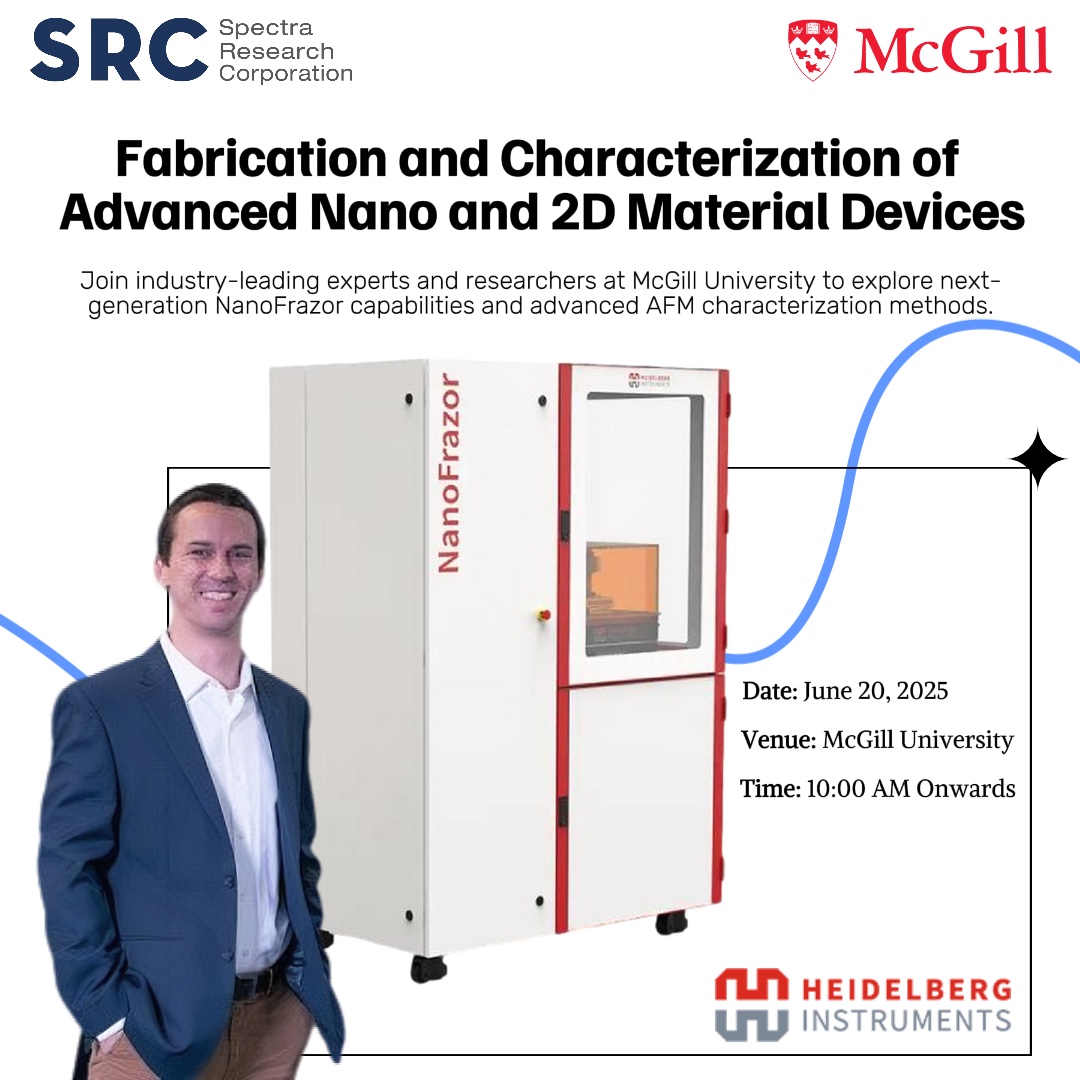
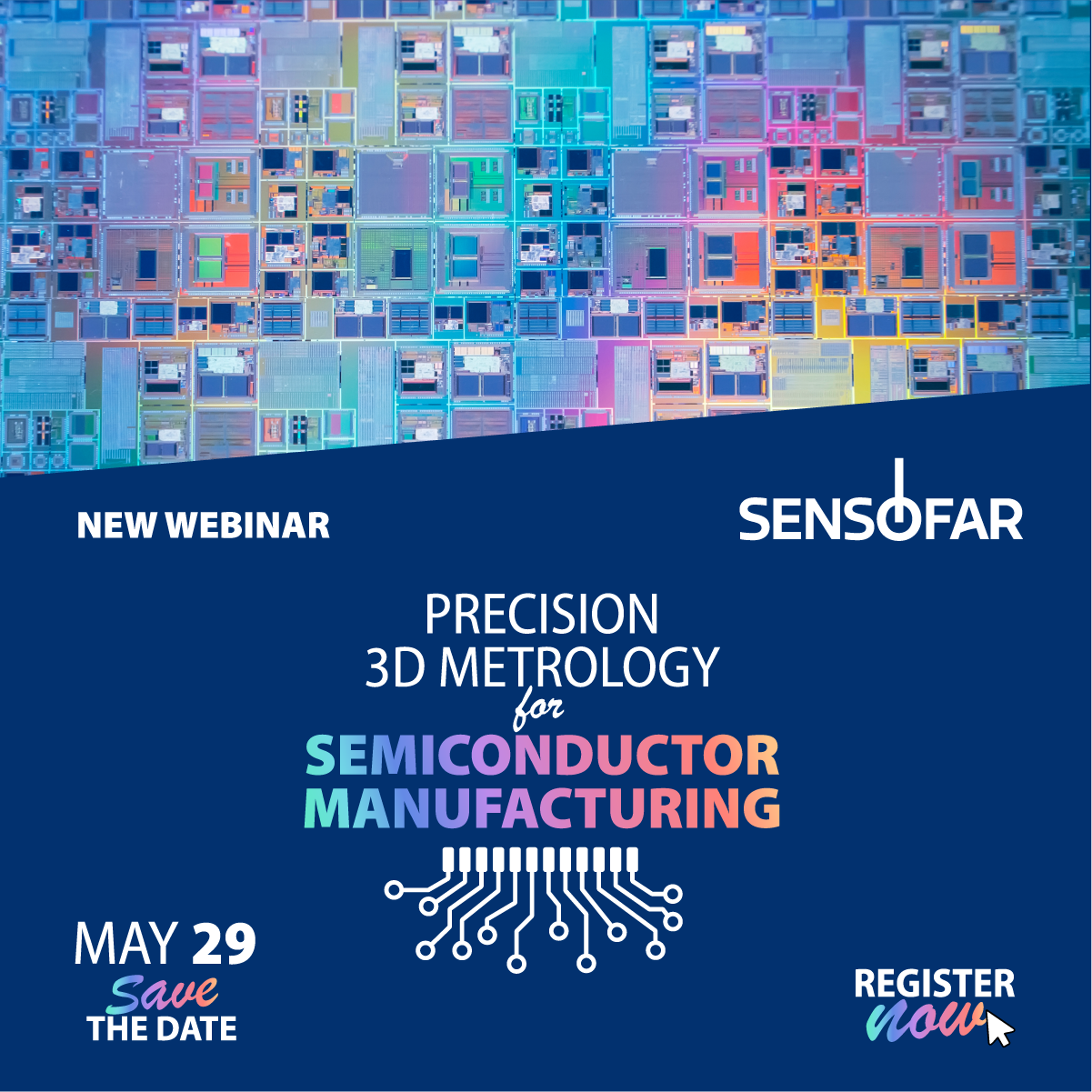

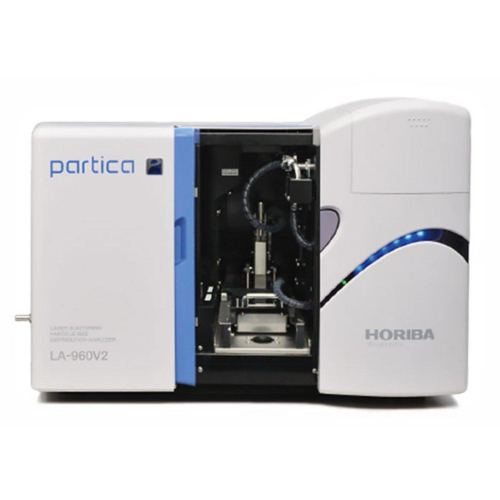
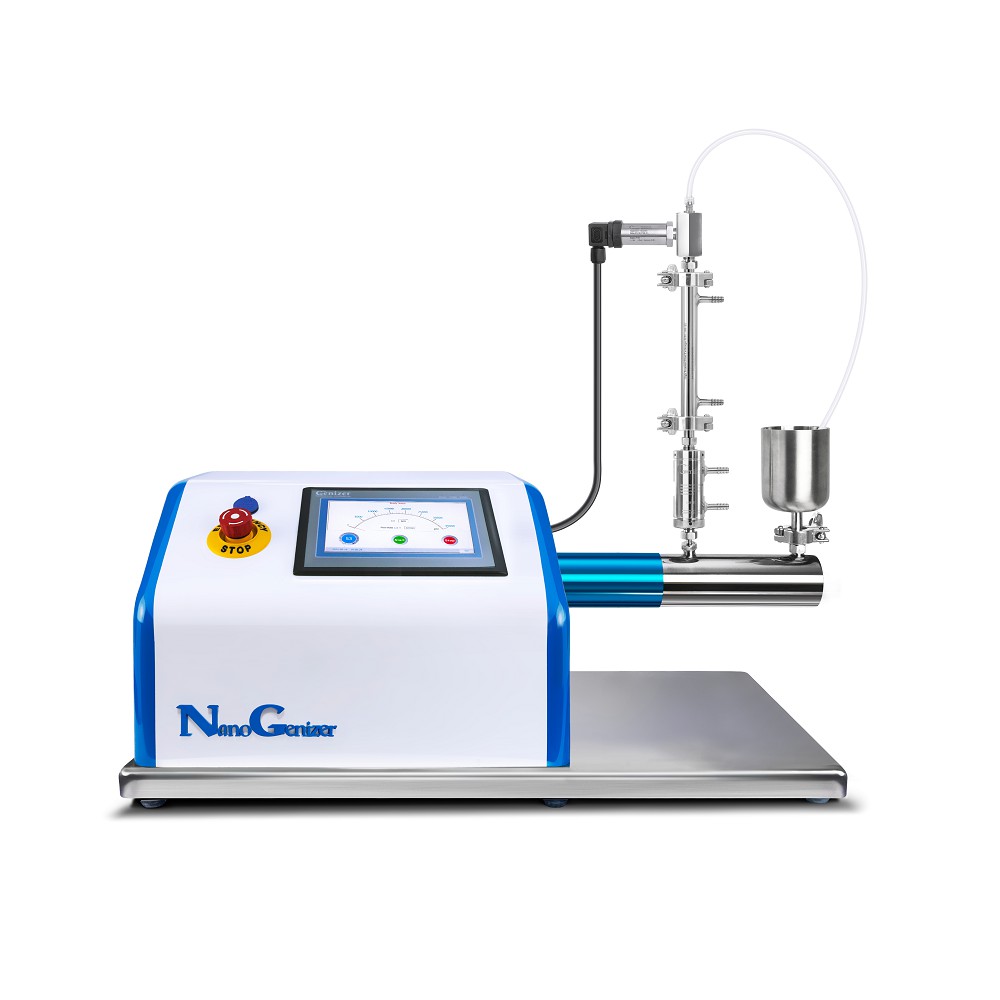
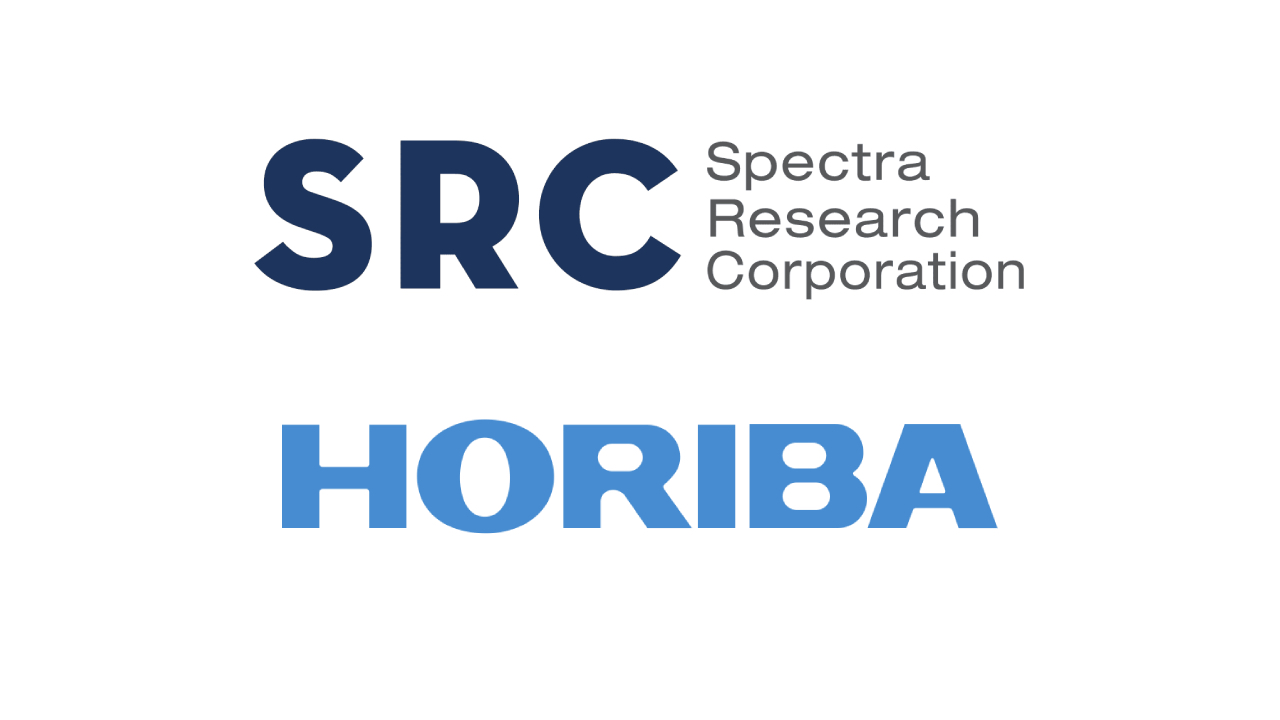
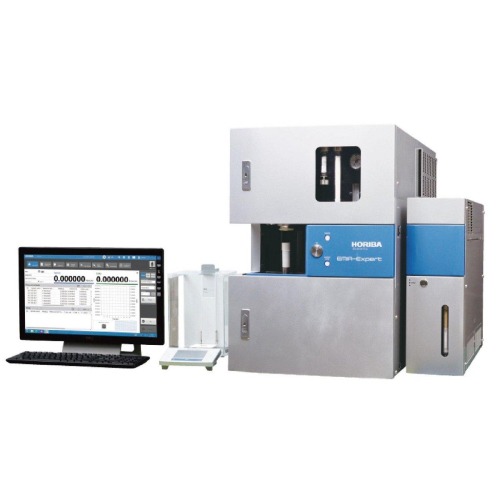
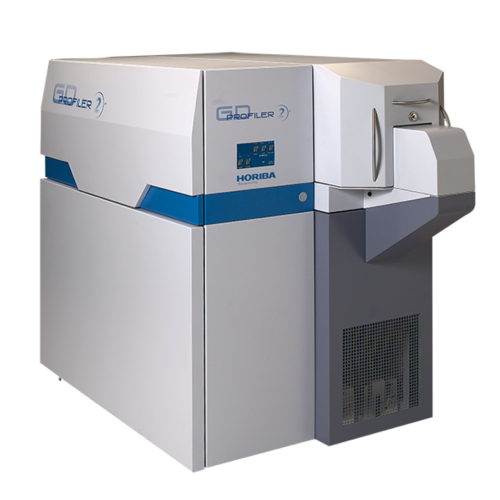


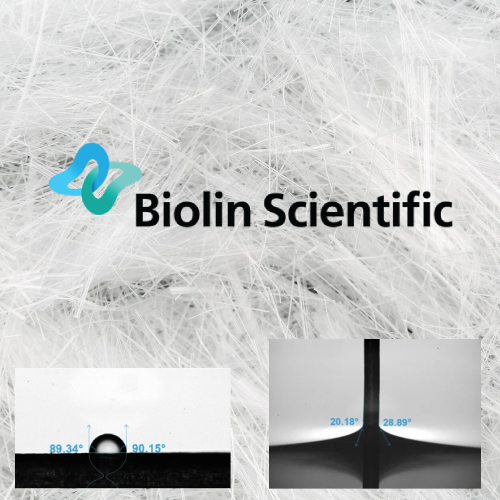




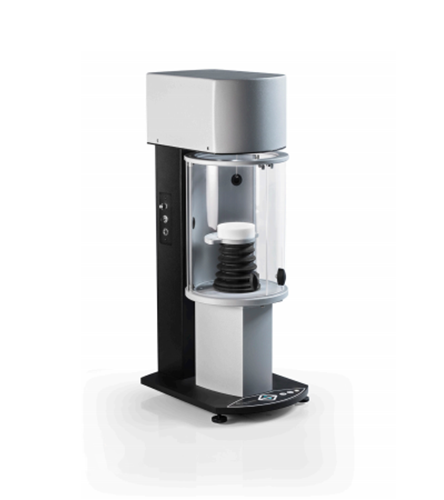
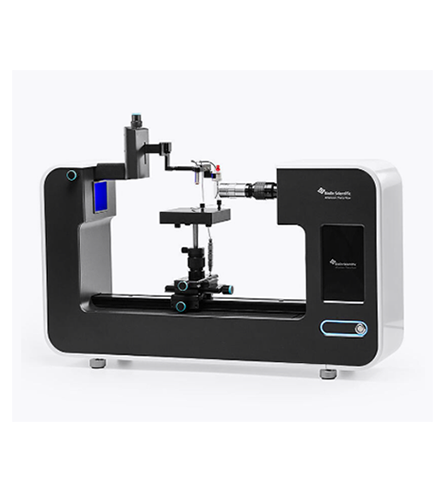



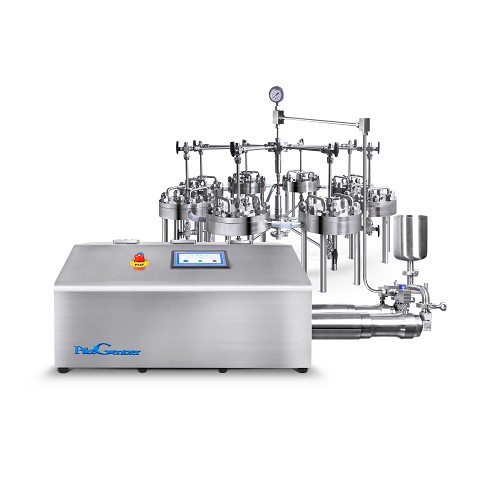
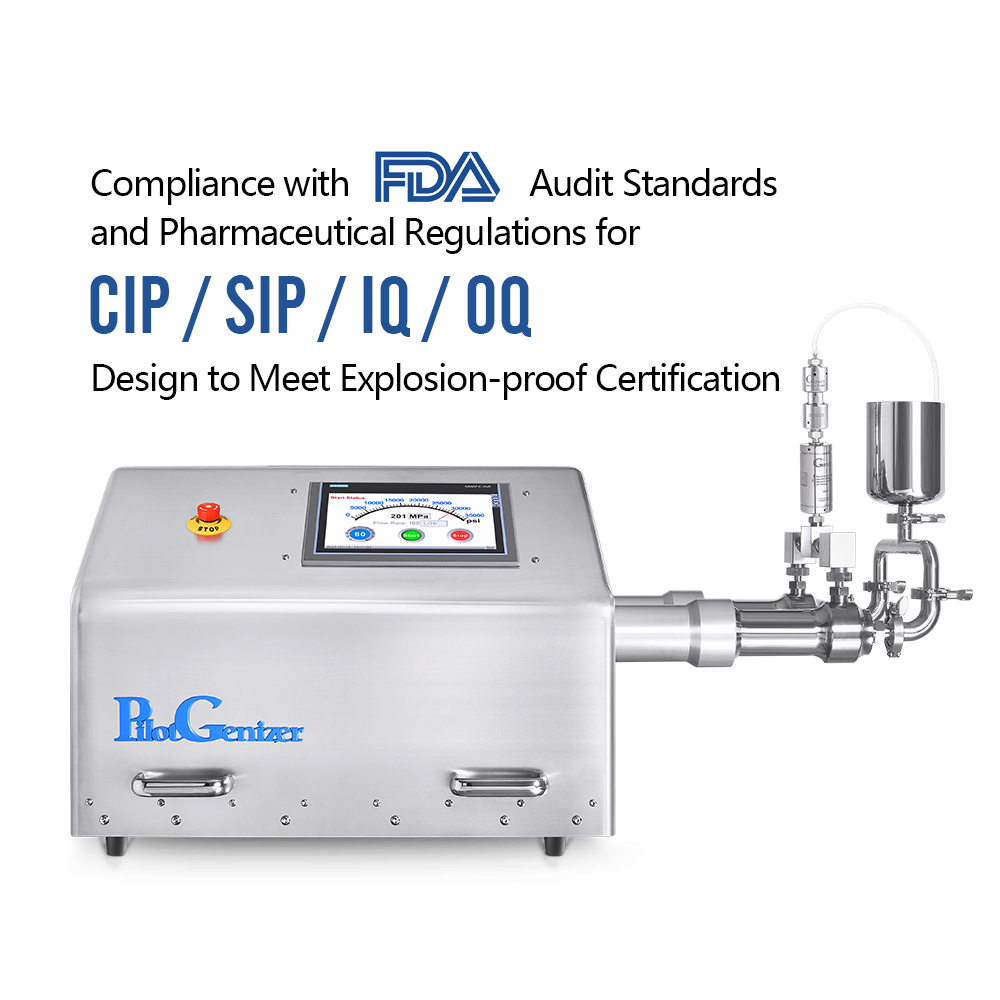
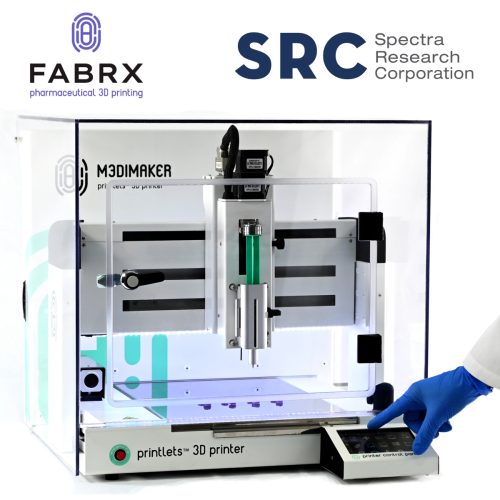
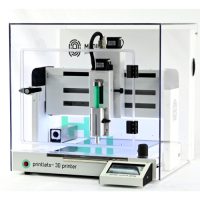
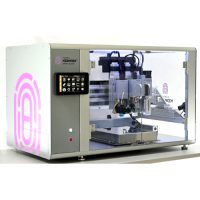


 HORIBA Scientific has 200 years of experience in developing high-performance scientific instruments and analytical solutions. It offers an
HORIBA Scientific has 200 years of experience in developing high-performance scientific instruments and analytical solutions. It offers an 
